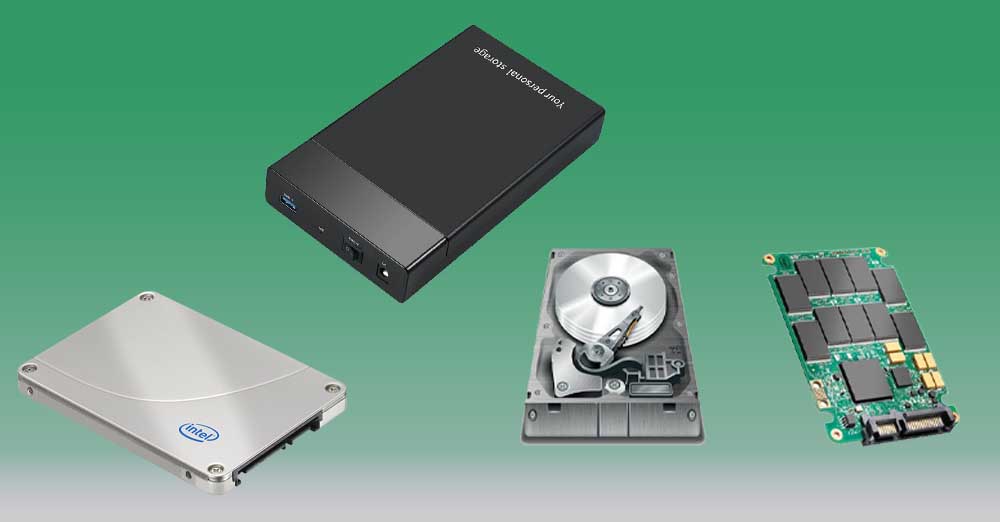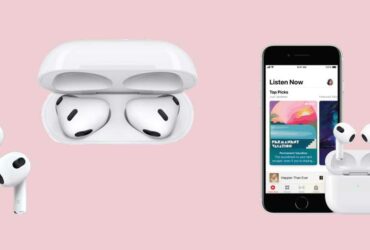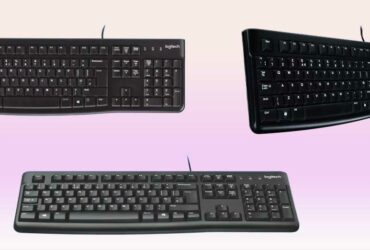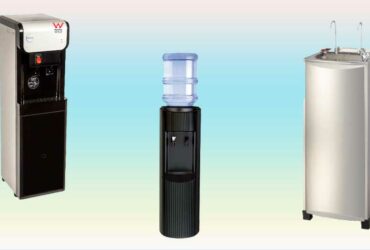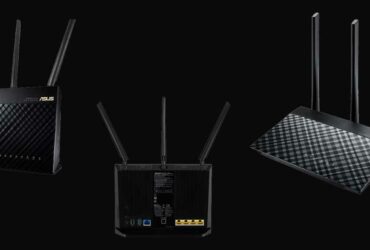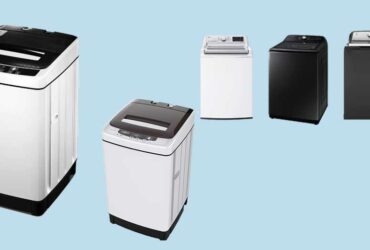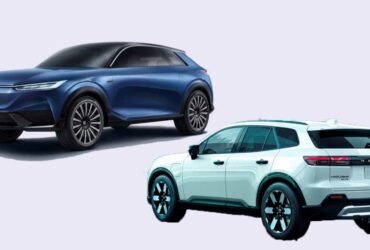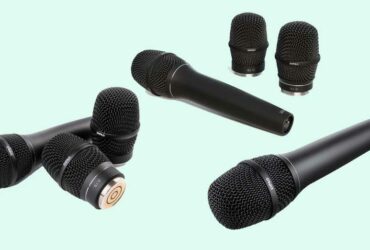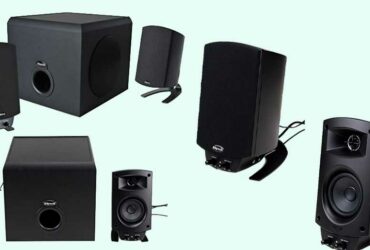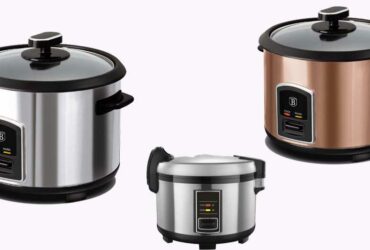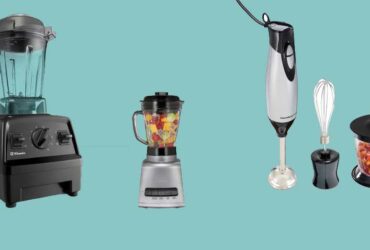When people prepare to purchase a computer, they must acquire information and keep it in their minds before visiting a place that sells computers. SSD and HDD are two items that are frequently confused when you need to think and choose.
Hard Disk Drive is referred to as HDD. Prior to SSDs, computers used hard drives. It is a long-term memory that can keep track of information even while the computer is off. Short-term memory, or RAM, is used to store system or application data. On a revolving metal platter, hard drives use magnetic coding to store data.
SSDs function essentially the same as hard disks. The fact that the data is stored on a flash memory chip, which can continue to function without power, makes a difference. The type of memory found in USB is distinct from the flash memory chip, commonly known as NAND, used in SSDs (Memory Stick). NAND also has a quicker data transfer rate. That is more trustworthy.
Because of this, SSDs often cost more than USB sticks even when they have the same amount of storage. SSDs are smaller than hard drives, much like USB sticks, thus they take up less room. The construction of portable computer models can be beneficial. You may read more here.
On entry-level and inexpensive laptops, hard disks are still used. High-end laptops, like the Mac computers (MacBook) made by Apple, now only employ SSDs, and those who want to use a hard drive no longer have the option of including one. HDDs are a necessity for desktops and low-cost laptops.
System startup with HDD and SSD They carry out the same tasks, such storing apps and private files, but they nonetheless behave differently.
Instead of discussing who picks what, I will demonstrate how to compare HDD and SDD in this part.
Costs for an HDD with 1TB of storage range from $40 to $60. However, an SSD of this capacity often costs around $100.
The SSD is crucial in this case. Even though an SSD may finish operations in a matter of seconds, an HDD requires more time to ramp up to operational standards and is slower than an SSD even in everyday use.
SSD is more dependable for data storage because it has no moving parts. Damage will be less likely to occur.
The HDD can only be compacted so much because it is made up of a rotating metal platter. Hard drives of at least 1.8 inches could only be produced by the first two components. While only 320GB of storage can be increased at that level, smartphone manufacturers are beginning to employ just flash memory.
The HDD can only be compacted so much because it is made up of a rotating metal platter. Hard drives of at least 1.8 inches could only be produced by the first two components. While only 320GB of storage can be increased at that level, smartphone manufacturers are beginning to employ just flash memory.
Without any size constraints, they have been produced and employed in SSDs over time, going from a 120mm to a 42mm size.
You might hear the operation sound if you use an HDD with moving parts. Boredom is nonexistent on SSD.Conclusion Because both SSD and HDD have advantages and disadvantages, it is best to choose the one that best suits your needs when making a purchase.
